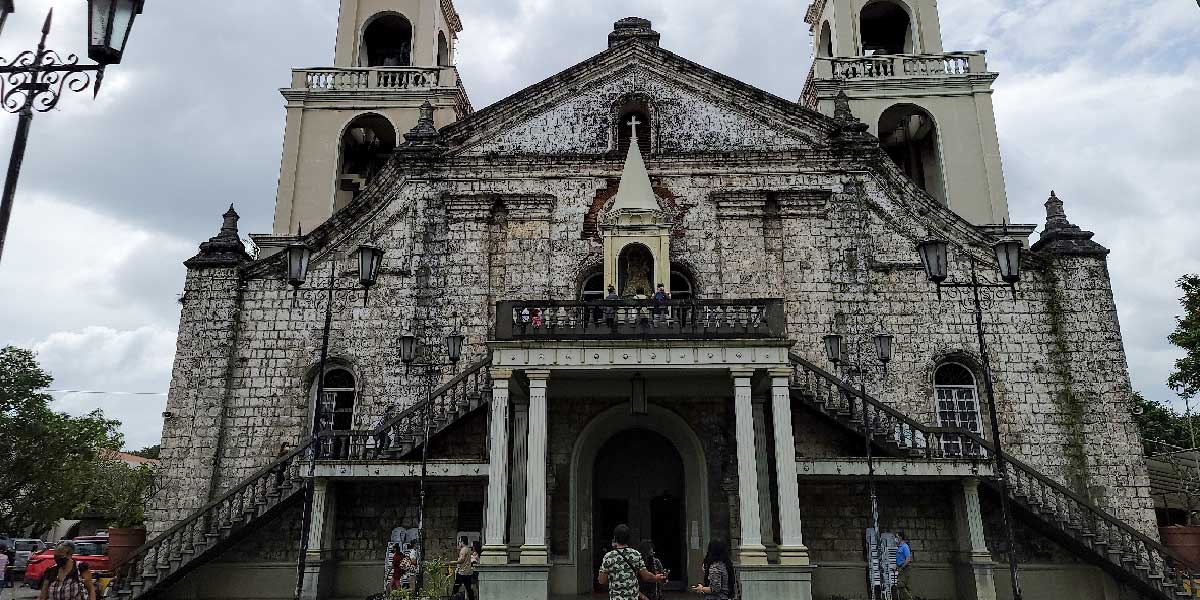By Herbert Vego
THE other day, I lamented the death of the region’s Hiligaynon magazine — a weekly compilation of feature stories, serialized Ilonggo novels, illustrated novels and short stories – that had been born and reborn since its birth in 1935 until it bowed out for good in 2019 due to bankruptcy.
This time, in response to a reader’s request, I would like to discuss the similar fate of the Filipino (Tagalog) komiks industry, which used to thrive in publishing illustrated stories within a stapled booklet.
A typical komiks in the 20th century contained short stories, serialized novels, entertainment columns and comedy strips that showcased the collaborative talents of writers and illustrators. Each frame had a caption, illustration and words or thoughts of characters.
A number of comic novelists have “graduated” to movie-script writing, but even they are vanishing with the scarcity of Filipino movies being produced nowadays.
How could we “young once” not miss komiks when it used to be the stuff that filled our leisure time?
The gradual loss of readership – no thanks to the accessibility of audio-visual entertainment on TV and the Internet – has caused the demise of the industry.
I used to write entertainment columns for the comic magazines in Manila, and so I claim to be among the losers. But since hope springs eternal, who knows? Komiks could spring a comeback, as in Japan where each complete illustrated story called “manga” sells like hotcakes.
Do you know that our national hero, Dr. Jose Rizal, illustrated a Filipino fable in 1885? It was about a tortoise outwitting a monkey over a banana tree.
As a business venture, the Filipino comics industry kicked off in the 1920s when Liwayway magazine began publishing the satirical comic strips of Tony Velasquez, “Mga Kabalbalan ni Kenkoy”.
Kenkoy was still a very popular komiks character during my childhood years in the 1950s.
The 1960s saw the emergence of other prolific komiks novelists like Mars Ravelo, Nestor Redondo and Francisco V. Coching. While Redondo and Coching both wrote and illustrated their masterpieces, Mars Ravelo had to assign the illustrations to Redondo or someone else. But this handicap was a blessing in disguise that gave him time to maximize output of serialized novels. Moreover, his comic characters like Darna, Dyesebel. Bondying, Captain Barbell and Lastikman leaped to life in the movies, too.
While in high school, I would spare thirty centavos a week for a copy of my favorite Espesyal Komiks.
There were also Pinoy illustrators who broke into the American comics industry in the 1970s. I can still recall some of them: Tony DeZuniga, Alfredo Alcala, Mar Amongo, Ernie Chan, Alex Niño, Nestor Redondo, and Gerry Talaoc.
I had the good fortune of winning the friendship of the late Rico Bello Omagap, a komiks editor and novelist who also sold novels to movie companies. I had the good fortune of writing sequence treatments for his filmed novels.
The 1970s also saw the phenomenal rise of novelist-Illustrator Jim Fernandez, creator of the comic/movie character Zuma. He mixed business with pleasure by drawing his illustrations between pin throws in a bowling alley.
Filipino newspapers and magazines in English rode on the bandwagon, with at least a page of cartoon strips per issue. The late illustrator Larry Alcala excelled in that medium.
By the turn of the century, unfortunately, komiks circulation had dwindled.
Today, we see no more komiks in the newsstands. What has become of the komiks-dependent writers and illustrators?
Fortunately, there are illustrators who still thrive in the print media. One of the best ones is Raul Abella, the editorial cartoonist of this paper whose expressive drawings dramatize his views on political and social concerns.
-oOo-
HEAR YE, HEAR YE!
THE sudden increase in electricity bills has put the distribution utilities (DUs) on the defensive. The way power consumers “crucify” them in the media, it’s as if these DUs stand to amass much profit from the increase.
The DUs refer to the source of the bills – such as MORE Power,ILECO, ANTECO, AKELCO AND CAPELCO – which are not in fact the gainers of the rate hike.
In a number of issues, this corner has already explained that DUs double as “collectors” for fuel suppliers, power generators, the power grid and the government.
However, for a more authentic explanation and assurance that bad times are not here to stay, let us listen to Sir Niel V. Parcon, Vice President for Corporate Planning of MORE Power, Iloilo City’s sole distribution utility. He will be spending time with us as one of the guests of the Aksyon Radyo program “Tribuna sang Banwa” on Sunday (12:15 to 1:30 pm.).
A CPA, Mr. Parcon earned his accounting degree from the University of the Philippines in the Visayas (UPV). He placed 10th in the October 1992 licensure examinations for accountants.




















